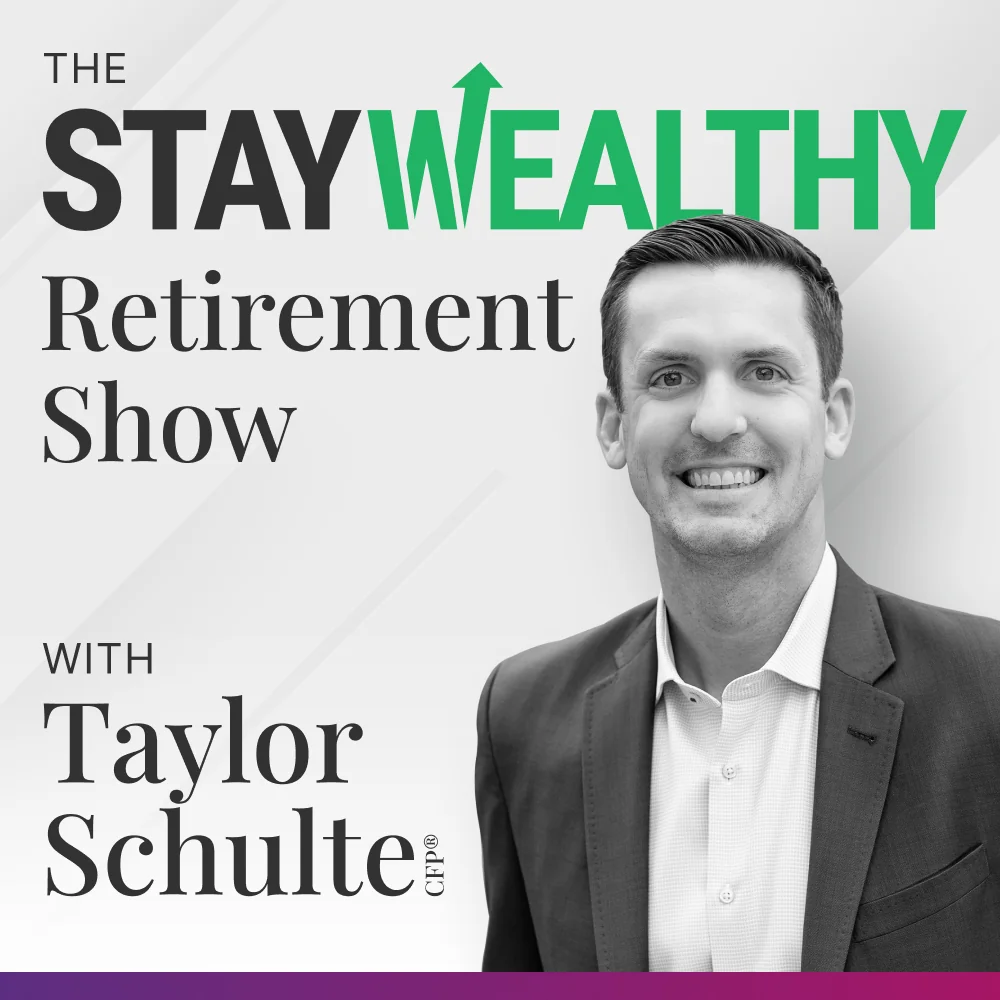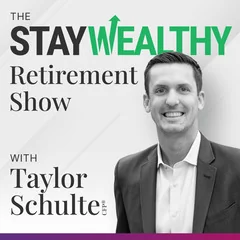Bonds are on track for their worst year in history.
In response, retirement investors are concerned and questioning their bond allocation.
To help address those concerns, I’m covering three things today:
Key Takeaways
- Why bond yields are NOT moving in lockstep with interest rates set by the Fed
- How long it takes for bond losses to recover
- Why retirement savers should maintain exposure to bonds for the long run
I’m also sharing the pros & cons of laddering bank CDs as a bond fund alternative.
If you’re worried about bonds + want to learn how to think about investing in this asset class going forward, this episode is for you.
Want more retirement content? Join thousands of other listeners and subscribe to the Stay Wealthy e-newsletter!
How to Listen to Today’s Episode
🎤 Click to Listen via Your Favorite Podcast App
Episode Resources
- Subscribe to the Stay Wealthy Newsletter! 📬
- Investing in Bonds Series:
- Fed Funds Rate Hike History
- Vanguard Intermediate-Term Treasury Fund (VFITX)
- Total Return Investing vs Income Investing
- Dimensional Research:
- Fed Summary of Economic Projections:





